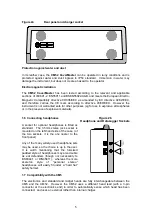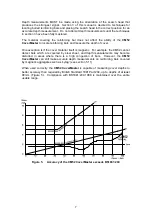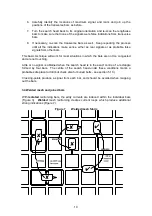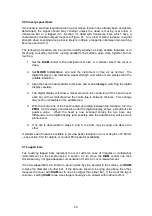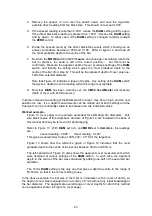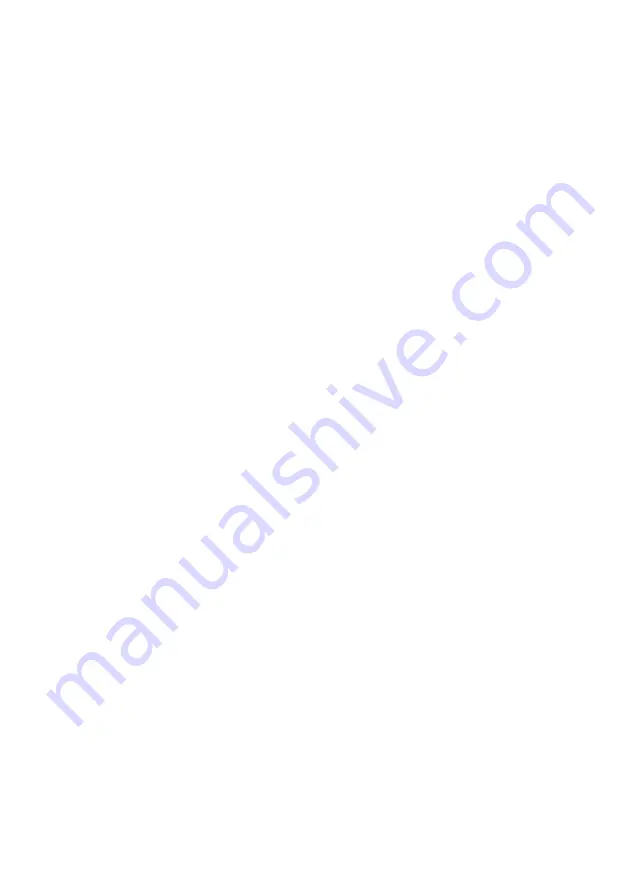
18
By far the most serious cause of unwanted signals from other bars is misalignment of the
search head by the user. This can be avoided by ensuring that the following conditions
are met when making a cover measurement.
1. The search head must be exactly parallel to the target bar.
2. The centre of the search head must lie exactly over the centre of the bar.
3. The search head must not be over or near any transverse bars.
4. The spacings of bars parallel to the target bar should be significantly greater than
their depth.
5. The spacing of any nearby transverse bars should be at least twice their depth.
In real-life situations conditions 4 and 5 are beyond the control of the user, and when the
reinforcing is congested condition 3 cannot always be met either. So some method is
required for making corrections to the depths of cover which may otherwise be
underestimated.
If the objective is simply to verify adequate cover, underestimation is only a problem if the
cover appears to be inadequate; more accurate measurements are then required.
The best method is to draw up a chart relating to true cover to indicated cover. This can
be done either by making measurements on a section of concrete in which reinforcing has
been exposed, or by making a mock-up of the reinforcing structure according to the
original specification.
An alternative to preparing charts is to use the
DIAM
control to compensate for
congestion, by turning the knob a few clicks clockwise until the depth display indicates the
correct reading. Although quick and simple, this technique has the disadvantage of
relying entirely on the operator to apply the correct compensation– and also to remove it
when no longer needed. Worse still, it does not preserve the original on-site data for
correction in a more considered manner.
Figure 11 and the associated table summarize the effects of congestion on cover
readings.


